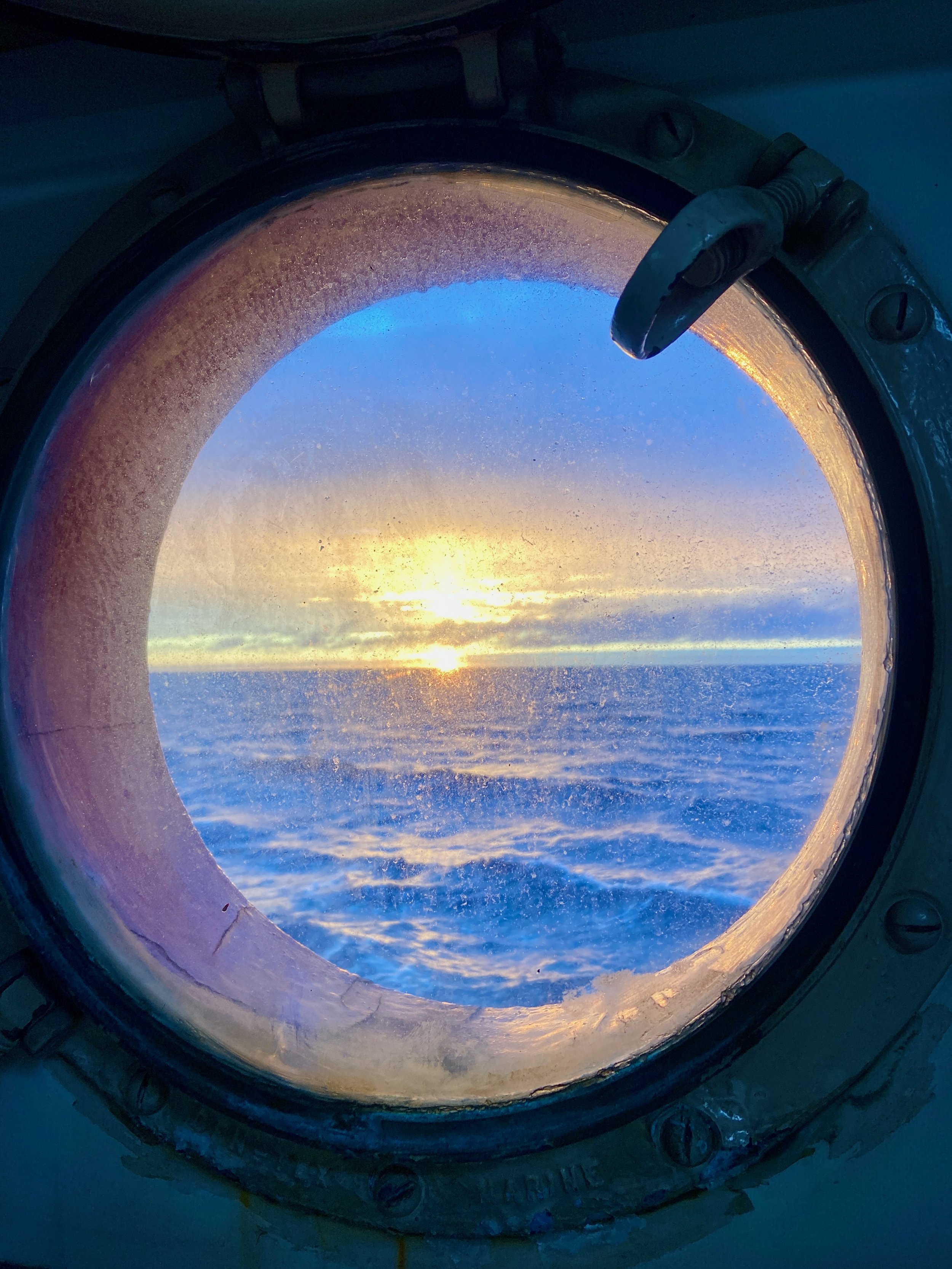
Teaching
EVR1001 “Introduction to Environmental Science” Spring and Fall Courses
Earth, Ocean, and Atmospheric Sciences Department - Florida State University
Instructor of record | Teaching assistant
In this in-person Environmental Sciences course, students will explore the interconnectedness of Earth's natural systems and the influence of human activities on those systems. Through real-world examples - such as the movement of carbon between the atmosphere, ocean, and living organisms, or the effects of agricultural runoff on riverine and marine ecosystems - students will develop a strong foundational understanding of ecological relationships and environmental change. The course covers key topics including environmental change, hazardous materials, nutrient pollution, and sustainable waste management practices. Students will also build a strong foundation in scientific reasoning, learning to critically assess data, evaluate hypotheses and models, and understand the role of science in addressing real-world problems. Emphasis is placed on the complex interactions among science, technology, and society, preparing students to engage thoughtfully with today’s most pressing environmental issues.
EVR1001 “Introduction to Environmental Science - Online” Summer Course
Earth, Ocean, and Atmospheric Sciences Department - Florida State University
Instructor of record | Teaching assistant
This online Environmental Sciences course offers an engaging introduction to the relationships between natural systems and human-built environments. Using the Pearson “Mastering Environmental Science” program, students will explore the causes and consequences of environmental problems, including pollution, hazardous materials, and waste management, with a particular emphasis on nutrient pollution in air and water. Through scientific reasoning and critical thinking, students will learn to evaluate environmental risks, analyze scientific data, and interpret experimental results. By the end of the course, students will be able to assess environmental issues from multiple perspectives, understand the complex interplay between science, technology, and society, and apply scientific knowledge to contemporary environmental challenges.
EVR1001L “Environmental Science Online Laboratory” Spring Course
Earth, Ocean, and Atmospheric Sciences Department - Florida State University
Teaching assistant
This fully online course offers a uniquely immersive, virtual learning experience through the virtual reality platform “Second Life”, where students engage in interactive field and laboratory simulations to explore key concepts in environmental science. Designed to bring real-world environmental challenges to life, the course features virtual modules such as a research expedition to Antarctica to study historical climate change through ice core sampling, a time-traveling exploration of Easter Island to investigate ecological collapse and human impact, and lab-based investigations into pressing issues like atrazine exposure in frogs, ocean acidification, and more. Throughout the course, students will gain a deeper understanding of the complex relationships between natural systems and human-built environments. Through hands-on engagement in “Second Life”, students will learn to analyze environmental problems, assess associated risks, and demonstrate foundational knowledge in areas such as pollution, hazardous materials, and ecosystem impacts.



